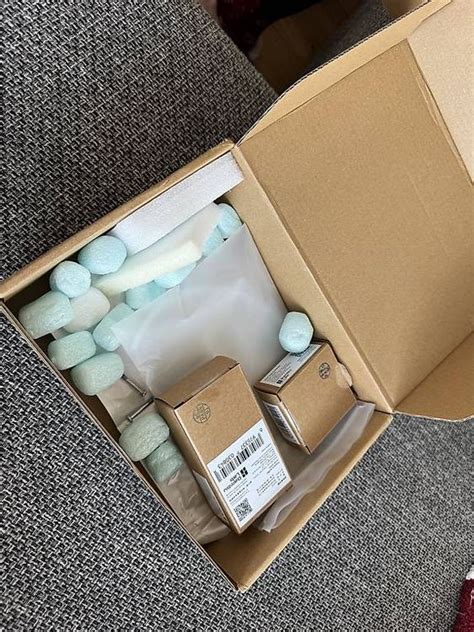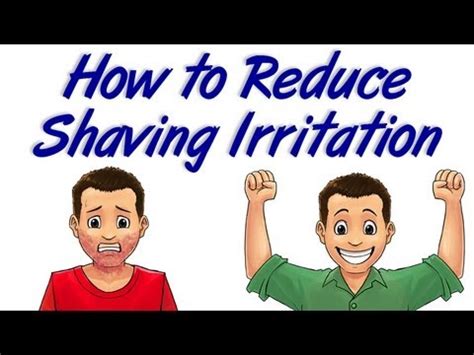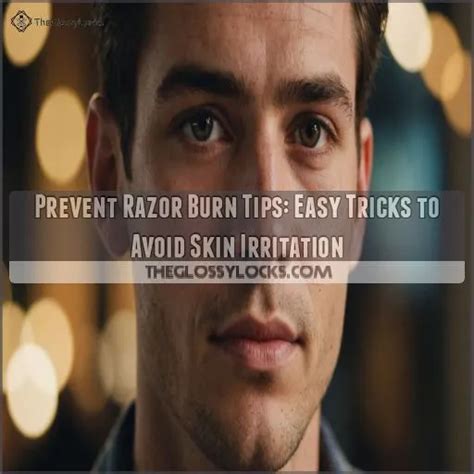Eradicate razor burn & ingrown hairs for a clean, professional edge?
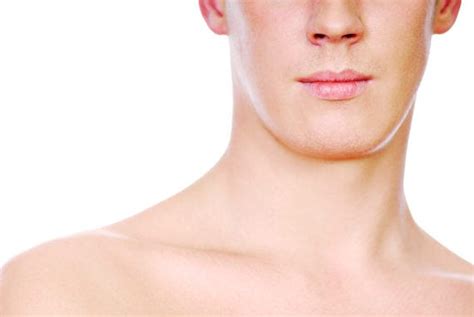
The Daily Battle for a Flawless Shave
For many, the pursuit of a perfectly smooth shave is an ongoing battle against two formidable foes: razor burn and ingrown hairs. These common grooming woes not only cause discomfort and irritation but can also detract from a polished, professional appearance. Whether you’re preparing for an important meeting or simply aiming for a confident start to your day, a clean-shaven, irritation-free face is paramount. But how do you achieve that elusive, impeccably smooth finish without the pain?
This article will guide you through a comprehensive routine, offering practical strategies and techniques to banish razor burn and ingrown hairs for good, leaving you with skin that feels as good as it looks.
Understanding the Enemy: Razor Burn & Ingrown Hairs
To defeat razor burn and ingrown hairs, you first need to understand their origins. Razor burn, characterized by redness, stinging, and sometimes small red bumps, typically occurs when the skin is not adequately prepared, the razor blade is dull, too much pressure is applied, or you shave against the grain on sensitive skin. It’s essentially an acute irritation caused by the blade dragging and scraping the skin.
Ingrown hairs, on the other hand, develop when a hair curls back or grows sideways into the skin rather than growing upwards out of the follicle. This often happens after shaving, as the sharp edge of the hair is more prone to piercing the skin. They manifest as small, red, itchy bumps, sometimes with a visible hair trapped underneath, and can even become infected if left untreated.

Pre-Shave Preparation: The Foundation of Smooth Skin
The secret to a successful shave begins long before the blade touches your face. Proper preparation is crucial for softening the hair, opening pores, and creating a protective barrier against irritation.
Start with a warm shower or by applying a hot, damp towel to your face for a few minutes. The steam and warmth will help to open your pores and soften your beard, making the hair easier to cut. Next, gently exfoliate your skin. This step helps to remove dead skin cells and lift any hairs that might be prone to becoming ingrown, allowing for a closer, cleaner shave without obstruction. Use a mild facial scrub or a brush, but be careful not to over-exfoliate, especially if your skin is sensitive.
Finally, apply a pre-shave oil. This creates an extra layer of lubrication between your skin and the razor, helping the blade glide more smoothly and reducing friction. It’s a small step that can make a significant difference in preventing razor burn.
The Art of Shaving: Technique Matters
Once your skin is prepped, your shaving technique becomes the next critical factor. A sharp, clean razor blade is non-negotiable. Dull blades drag and pull at the hair, leading to irritation and an increased risk of nicks and cuts. Replace your razor cartridge or blade frequently – ideally every 5-7 shaves for multi-blade razors, or after each shave for a safety razor blade. Apply a high-quality shaving cream or gel, allowing it to sit on your face for a minute or two to further soften the hair.
Shave with the grain of your hair growth, not against it. While shaving against the grain might feel like it gives a closer shave initially, it significantly increases the chances of razor burn and ingrown hairs, especially for those with coarse or curly hair. Use light, short strokes and avoid applying too much pressure. Let the razor do the work. Rinse your blade frequently to prevent clogging with hair and shaving cream, ensuring it remains effective throughout your shave.

Post-Shave Perfection: Soothe and Protect
Your work isn’t done once the last hair is shaved. Post-shave care is just as important for preventing irritation and promoting healthy skin. Rinse your face thoroughly with cool water immediately after shaving. This helps to close your pores and soothe the skin. Gently pat your face dry with a clean towel, avoiding any harsh rubbing.
Follow up with an alcohol-free aftershave balm or moisturizer. Alcohol-based products can dry out and irritate freshly shaved skin, exacerbating razor burn. Opt for balms with soothing ingredients like aloe vera, chamomile, or witch hazel. Regular moisturizing, even on non-shaving days, keeps your skin hydrated and supple, further reducing the likelihood of ingrown hairs.
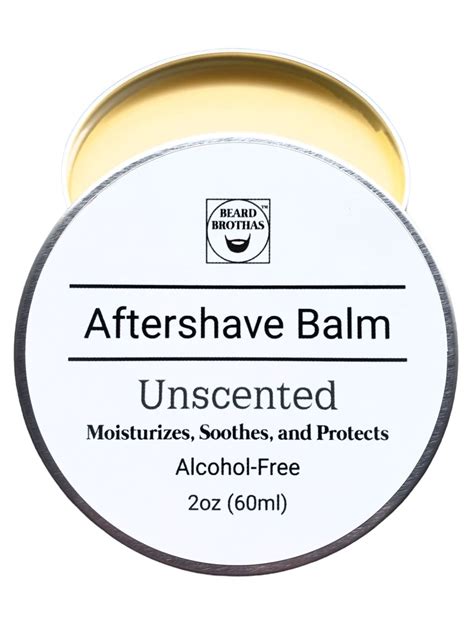
Tackling Persistent Problems
If you’re already dealing with existing ingrown hairs, resist the urge to pick or squeeze them, as this can lead to infection and scarring. Instead, use a gentle exfoliating solution or a specialized ingrown hair serum to help free the trapped hair. Products containing salicylic acid or glycolic acid can be effective in clearing blocked follicles.
If ingrown hairs are a chronic issue, consider trying different shaving methods, such as a single-blade safety razor or an electric shaver, which may be less irritating for your skin. For severe or persistent cases, consulting a dermatologist is advisable. They can offer professional treatments or stronger prescriptions to manage the condition.
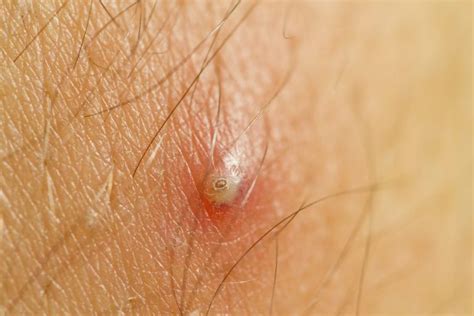
Beyond the Blade: Long-Term Skin Health
Achieving a clean, professional edge is not just about a single shave; it’s about establishing a consistent, mindful grooming ritual. Patience and consistency are key. Over time, your skin will adapt to your new routine, becoming more resilient and less prone to irritation. Remember that diet and hydration also play a role in skin health; drinking plenty of water and maintaining a balanced diet can contribute to healthier skin overall, making it more resistant to issues like razor burn and ingrown hairs.
By implementing these comprehensive strategies, you can transform your shaving experience from a dreaded chore into a satisfying ritual, ensuring a consistently clean, comfortable, and professionally sharp appearance.


